Cargando...
Recursos educativos
-
Nivel educativo
-
Competencias
-
Tipología
-
Idioma
-
Tipo de medio
-
Tipo de actividad
-
Destinatarios
-
Tipo de audiencia
-
Creador
-

Look after your nose and mouth
EduBook Organización
- 2406 visitas
Smell Our sense of smell is in our nose. We can smell nice smells, like flowers and perfume. We can also smell bad smells, like blue cheese. The olfactory region, inside our nose, tells us if a smell is…
-
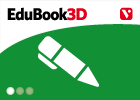
Answer. Plants
EduBook Organización
- 2401 visitas
Remember what you have studied in this section and answer the following questions: What are the differences between plant and animal nutrition? Which substances enter flowering plants through their…
-
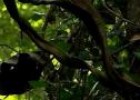
Helping the world by preserving biodiversity
EducaMadrid Organización
- 6375 visitas
Helping the world by preserving biodiversity Short documentary on biodiversity in the Democratic Republic of Congo and surrounding regions -- here, you'll meet the forest rangers of the Virunga national…
-
The propagation of heat
EduBook Organización
- 2390 visitas
Heat transfers from a hot object to a cold object by means of three mechanisms: conduction, convection and radiation. 6.1. Conduction Heat is transmitted through solid substances by conduction (figure…
-
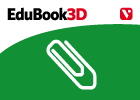
Examples of deforestation
EduBook Organización
- 2379 visitas
On the peninsula of Indochina, millions of hectares of forest have been destroyed for timber, which is used to make furniture. In the Caribbean and the Amazon jungle, the deforested area represents a…
-
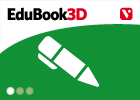
Investigate. Digestive glands
EduBook Organización
- 2383 visitas
A gland is an organ that produces substances that our body needs. These substances may be released inside or outside the body. For example, sweat glands under our skin release sweat outside the body,…
-
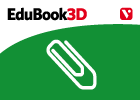
A microscope
EduBook Organización
- 2364 visitas
A microscope is an instrument that magnifies very small objects, like cells, so that we can observe and study them. The main part of this instrument is a metal tube with a lens at each end: the eyepiece…
-

How our muscles work
EduBook Organización
- 2376 visitas
How do muscles move? We use muscles to produce movement, force or both things. This happens when our muscles contract (become shorter and thicker). Muscles are attached to bones by tendons. When a…
-
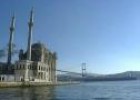
Turkey's women, between tradition and modernity
EducaMadrid Organización
- 5785 visitas
Turkey's accession negotiations with the EU are scheduled to start on October 3 in Luxembourg. In this context, the European Commission is making available to television channels the video report…
-
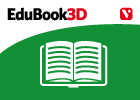
Non-renewable energy sources
EduBook Organización
- 2352 visitas
Non-renewable sources of energy exist on the Earth in limited amounts. oil, coal, natural gas and uranium are all non-renewable. If we use too much of these energy sources, we will eventually run out of…
Te estamos redirigiendo a la ficha del libro...













